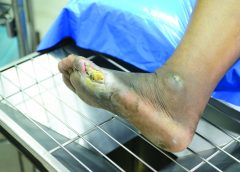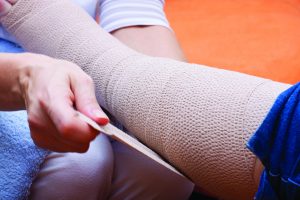Wound patient’s bill of rights
The Association for Advancement of Wound Care has developed the “Wound Care Patient’s Bill of Rights.” The 10 points include the right to:
• know what wound treatment options are available to you
• know the benefits, risks, and side effects of your wound care treatments
• participate in the development of your treatment plan with your wound care team
• have your pain adequately controlled.
The bill of rights is available in both English and Spanish. (more…)
Read More









